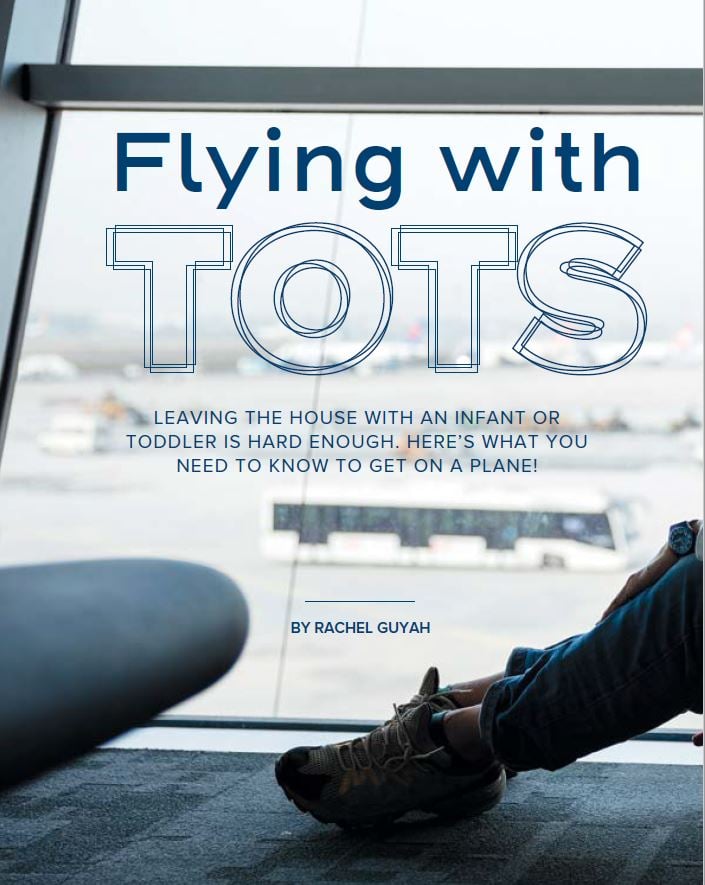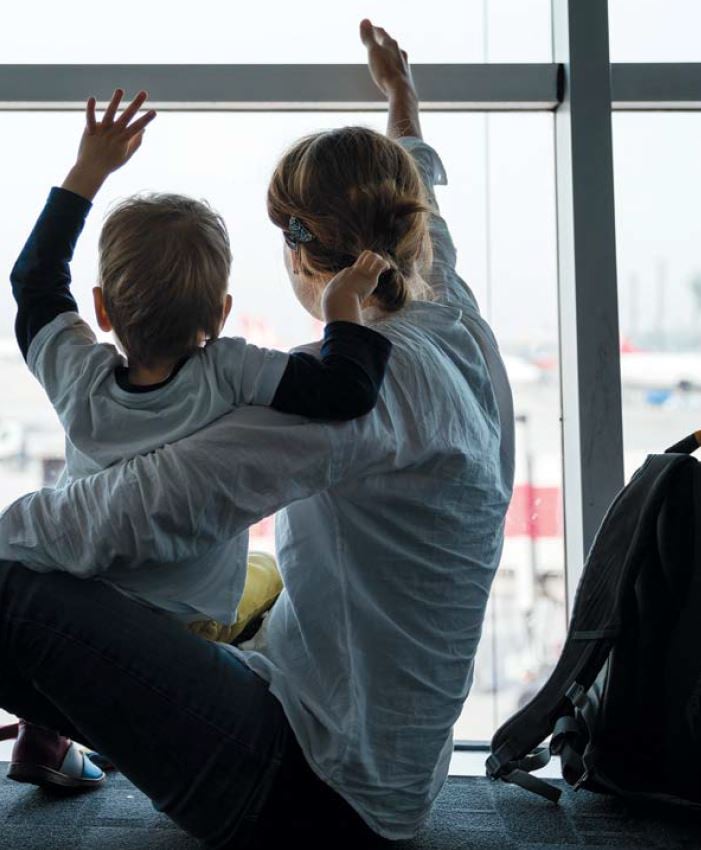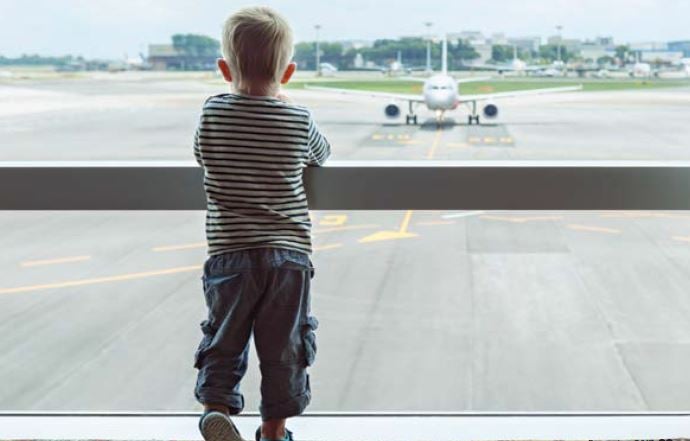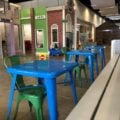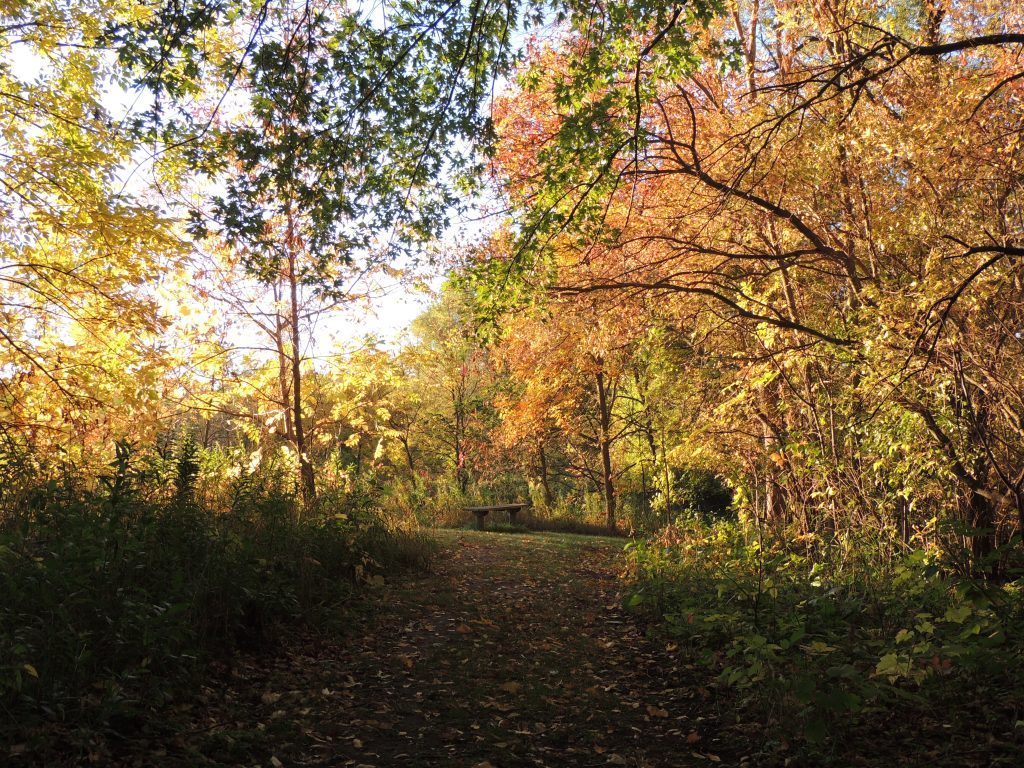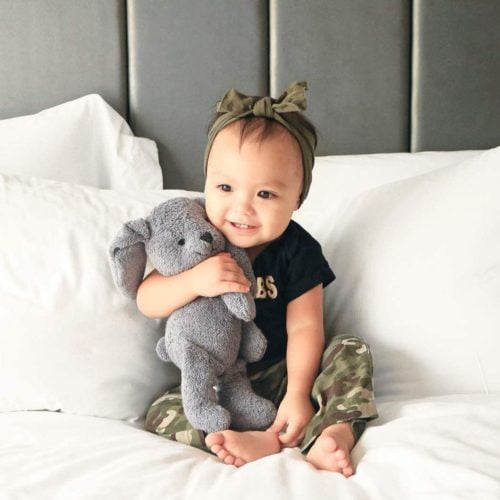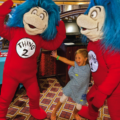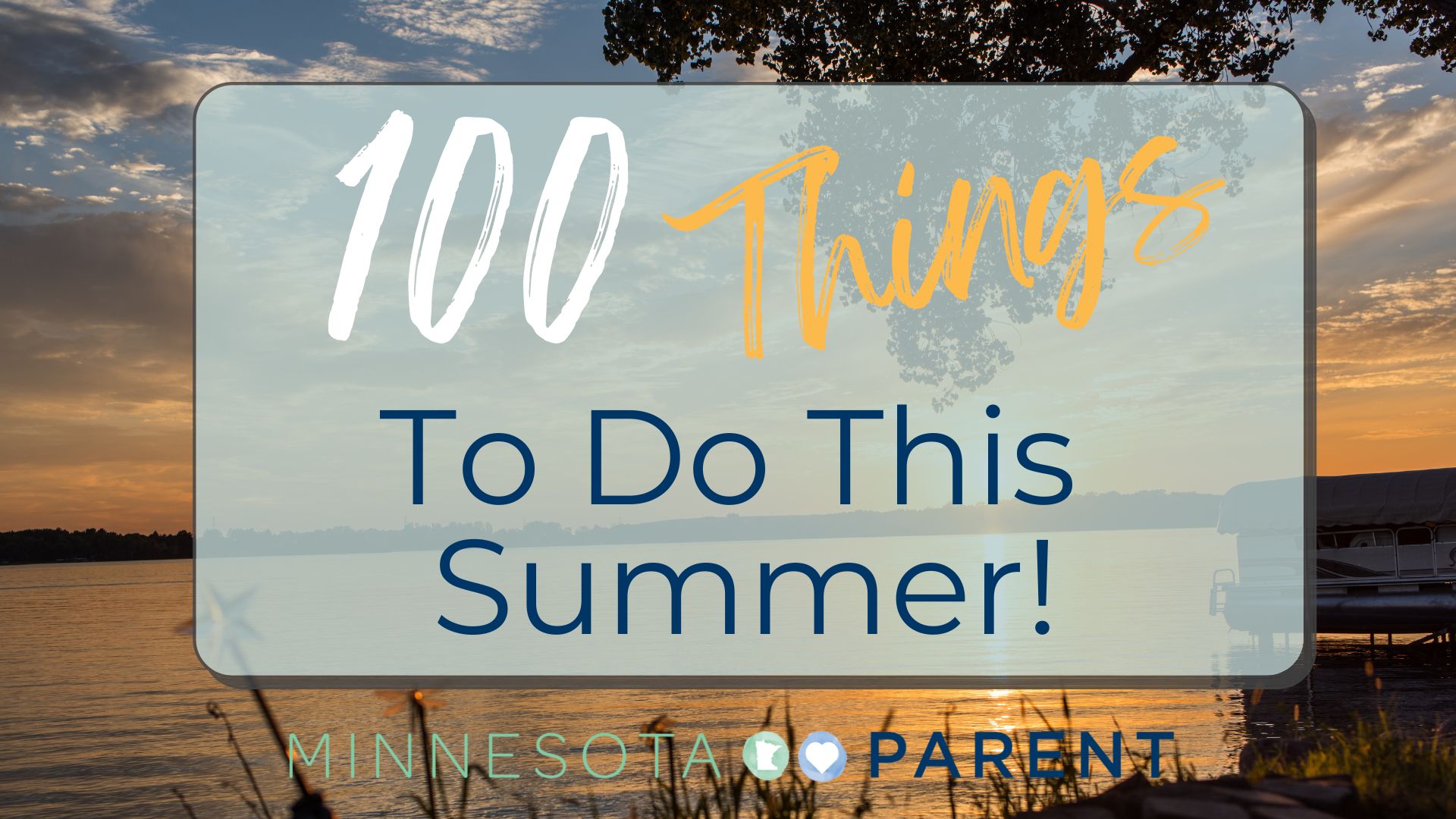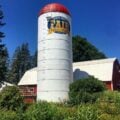LEAVING THE HOUSE WITH AN INFANT OR TODDLER IS HARD ENOUGH. HERE’S WHAT YOU NEED TO KNOW TO GET ON A PLANE!
Few things can cause more frustration and stress than flying with kids. The sheer logistics alone can drive any new parent batty. If you’re planning to travel this winter or spring, rejoice: Here are answers to the top questions surrounding air travel with babies and toddlers.
Do we need to buy my child a ticket?
If your child is younger than 2:
- For domestic travel: Virtually all airlines allow you to hold your baby/toddler in your lap during the flight — no separate seat (or pricey plane ticket) needed. While the lap is often a no-brainer for sleepy infants, if you’ve been gifted with a squirmy, strong-willed, independent toddler, the cost of that extra plane ticket and seat may buy you some much-needed sanity. It’s your call.
- For international travel: Most airlines require you to purchase a separate ticket for your child, regardless of age and regardless of where the child sits — your lap or a separate seat. Yes, that means your 6-month-old will need her own $300 round-trip ticket for that spring trip to Mexico.
If your child is 2 years old (or older):
You’re required to purchase a separate ticket and seat on all air travel (domestic and international). Call ahead and ask the airlines what their discount is for child airfare, as many airlines offer reduced rates for kids on international flights — and sometimes on domestic flights, too. (Hey, doesn’t hurt to ask!)
Does my child need to sit in a car seat on the plane?
No. The Federal Aviation Administration (FAA) strongly recommends all children sit in a child safety restraint system (car seat) or harness, because the arms of a parent simply aren’t capable of holding a child securely (and protecting his or her head) during unexpected turbulence. But the decision is ultimately yours. If you do decide to use a car seat or harness, make sure it’s a “government-approved child safety restraint system,” defined by the FAA as:
Option 1: Car seat
If you have a newer car seat from one of the major brands (such as Britax, Graco, Chicco), then it’s most likely approved by the FAA for aircraft use. To avoid any potential hiccups or hard times given to you by flight attendants, however, it’s a good idea to check the seat for a sticker that says: “This Restraint is Certified for Use in Motor Vehicles and Aircraft.”
Option 2: Harness
If you don’t want to bring a car seat, but you do want your kiddo to be safely restrained — there’s one (and only one) FAA-approved child safety device: CARES. The CARES child safety harness is designed for kids weighing 22 to 44 pounds. For more information, visit KidsFlySafe.
What about booster seats? The FAA prohibits their use during takeoff and landing, and some airlines have policies that prohibit them altogether. You’re probably better off packing/checking boosters. Check with each airline for specific policies. Most airlines have their own website section dedicated to traveling with children. If you can’t find it easily, search “traveling with children” within each site.
A word on seat location: Since car seats are bulky, many airlines require you purchase a window seat for your child. Some airlines also prohibit car seats from being used for aisle seats, exit rows and/or the row directly behind and in front of the exit row. Sound confusing? It’s probably wise to call the airline to have them clarify their seat-location policy for car seats.
Learn more about all the above on the FAA website.
Can I bring breast milk on the plane?
Good news: The TSA (Transportation Security Administration) states that breast milk, formula and juice can be taken through an airport’s security checkpoint “in reasonable quantities.” Yes, it’s vague, but at least it’s allowed. Note: These items don’t need to be placed in a quart-sized bag like other liquids.
Speaking of good news, here are a few other items allowed on the plane:
- Ice and gel packs (for keeping the liquids cool)
- Gel- or liquid-filled teethers
- Canned, jarred and processed baby food (including food pouches).
If you plan to pack any of these items, inform the TSA officer at the beginning of the screening process if you’re carrying formula, breast milk and or other food items for your child in excess of 3.4 ounces (100 milliliters). Remove these items from your bag, as they have to be screened separately (typically by X-ray).
Learn more from TSA authorities.
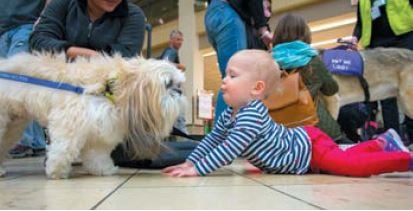
Can I check my stroller at the gate?
Thankfully, yes. Most airlines allow you to check one stroller and car seat per child (free of charge), and you can wait to check them at the departure gate if you prefer. Typically, they’ll give you a ticket stub to turn in when you pick up your gear at your destination in the jetway.
Since cargo can get jostled around quite a bit during the flight, some parents like to purchase a durable, zippered bag specifically designed for checking car seats and strollers. A garbage bag could also help, but it won’t protect the items against major bumps and bruises. If you opted for a more expensive car seat or stroller, you may want to consider investing in one of these bags, which often come with backpack straps or even wheels for easier carrying.
If you don’t want to lug your kid’s car seat to your destination, many car rental companies (Hertz, Avis, Enterprise) have car seats available to rent. However, they do charge extra — and often by the day — so you may want to do some math and decide which option (bringing your own seat versus renting or even buying) makes the most sense for your family. Also, seats aren’t usually new. They’re used, so know your comfort level before committing.
Some taxi companies have cars equipped with car seats. Call ahead and ask if the company offers this service, and how to request a car seat when making a reservation.
Do airports have spaces for nursing?
Of all the frustrating airport logistics for moms, finding a place to privately pump or breastfeed typically takes the cake. Until recently, moms had two options: Do it at the gate, sandwiched between weary strangers, or head to a bathroom stall (not exactly serene — or even sanitary). Thankfully, airports have been opening dedicated spaces for moms who pump or nurse.
On our home turf, MSP Airport has two lactation centers at Terminal 1 (near Gates F2 and C13). These private, secure rooms have electrical outlets, a deep sink for cleaning equipment, soft lighting and comfortable seating. Near Concourse E, there’s also a semi-private room with a changing table, sink, couch and rocking chair. If you’re flying out of Terminal 2, there’s also a nursing room between Gates H10 and H11.
Good to know: Since these private spaces are secure, you will need to visit the information booth nearest the space to obtain access.
Learn more about family services at MSP.
As far as other airports, the availability (and quality) of these private spaces vary widely. Find a list of nursing rooms at MomAboard.
Do airports have play areas?
If your little ones need to get the wiggles out before takeoff or while waiting at baggage claim (and any seasoned parent traveler will assure you: their cup of energy will runneth over), the MSP Airport boasts several play areas — free and open 24 hours a day.
Terminal 1 has a play area near Gate C12, as well as one near baggage claim’s Door 6. Terminal 2 also has a play area across from Gate H6.
Many other airports have play areas these days (hurrah!). Call ahead or search the airport’s website to find where they’re located.
Specially trained volunteers and dogs make themselves available at petting stations — yet another reason to get to the airport early.
See mspairport.com/eat-shop-relax to search and filter dining/shopping options, including a delicious array of local establishments with new MSP locations: Dunkin Donuts or Angel Food Bakery, anyone?
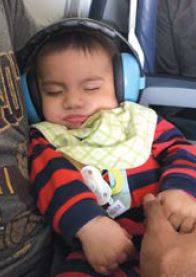
Tips from the trenches
Here’s what local parents had to say about air traveling with tots!
“Getting a backpack with a leash is nothing to be ashamed of — and should maybe even be encouraged. I ended up not needing one, but it was nice knowing that I had the option. You never know when a toddler is going to run!”
“If possible, pick flights during nap times, or tire them out beforehand with lots of activities so they rest on the plane.”
“Arrive early! There’s nothing worse than running through an airport dragging a toddler by the arm. Who cares if you have time to waste: Find a sit-down restaurant, take a walk to check out the planes or even create a scavenger hunt.”
“Snacks are essential to a successful flight with children — there is no such thing as too many snacks on a plane (seriously, no judging)! Snacks help keep them occupied and promote chewing during altitude changes.”
NAVIGATING MSP AIRPORT
If you have children with special needs, check out this program, a partnership between the Metropolitan Airports Commission, Fraser autism services and the Autism Society of Minnesota. Kids can take free, monthly practice runs at the airport to ease anxiety and build confidence.
Children get to:
⊲⊲Experience TSA security
⊲⊲Explore the terminal
⊲⊲Board a plane and meet a pilot
⊲⊲Prepare for takeoff
⊲⊲Gather helpful tips and resources
⊲⊲Register now at mspairport.com or contact the airport at 612-726-5239.
Rachel Guyah is a Bloomington-based writer and mother to an adorably dimpled, gap-toothed energizer bunny (cleverly disguised as a toddler).





